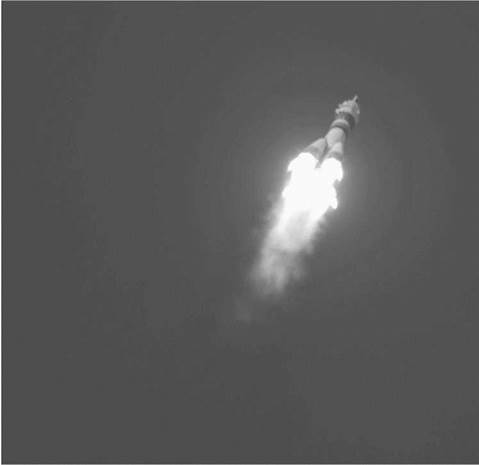Towards the heavens
For centuries, humans dreamed of exploring the heavens above the blue sky, creating vivid stories of exploring the void amongst the stars. But the first hurdle was to devise a system for leaving the ground and surviving the adventure. Our atmosphere was the first barrier, together with the substantial hurdle of gravity. Understanding the “science” was beyond the early dreamers and planners. For centuries, observations of the night sky were based upon myth, religion, legend, belief, fear, and the imagination. One of the first “space sciences”, without actually being known as such, was the study of the stars, our Sun and Moon and the movement of the “heavenly bodies” we know as the planets. This was all grouped under what became known as “astrology” before serious scientific study of the cosmos became “astronomy”. Even today, we continue to use the same names for constellations and planets first derived in both “astrology” and “astronomy” by observers from ages past.
The early writers scribed stories of ascending to the heavens by means of woven baskets carried by flocks of geese, or wearing wings of feathers. Eventually, we began utilizing the new art of “balloons” to ascend though the atmosphere, hoping to reach as high as the Moon to visit the inhabitants thought to live there. As strange and weird as these writings are to the modern world, they can be interpreted another way, in that these studies helped to discover new “sciences”. We began to study the atmosphere more closely, develop telescopes to look at the moon, planets, and stars, evaluate materials, and determine why it was so difficult to follow the ideas of dreamers and writers to reach the heavens. Gradually, the sciences refined these early dreams into the theories, principles, and understanding we needed to develop the right method of reaching the stars—that of rocketry.
That method was first discovered by the ancient Chinese in the gunpowder projectiles used in conflict and celebrations. By the end of the 19th century, the theorists and dreamers had started realizing that the rocket would indeed be the best vehicle to explore the known vacuum of space and to get humans off the ground, to attain the required height and speed to circle the Earth and not fall
|
Ascent to orbit. |
immediately back to the ground. The problem then was to create rockets capable of carrying not only instruments and biological samples, but the first humans beyond the atmosphere.
As the 20th century dawned, so did the understanding of the relatively new science of rocketry under the banner of “astronautics”. The huge developments that came over the relatively short period between 1900 and 1960 were amazing. True, rockets had been around for some time, but as weapons of war. Turning that effort towards the stars was, to a degree, another method of waging war, a strategic race to win the high ground. Scientific exploration was only a secondary consideration. But the “space race” brought the rocket that led us to orbit and we have not looked back since.











